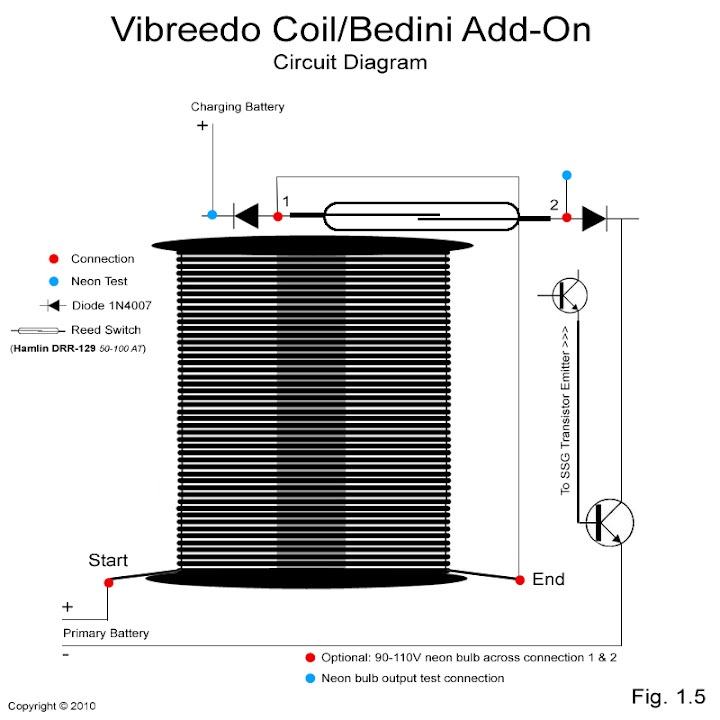The output spikes in waves could be converted with some circuitry for lighting, it seems that your arrangement would be excelent for experimenting with, being so simple. I am a simple man with simple needs, most of my understanding and realisations come while i'm actually building things.
I'll place an order for the required reeds and magnets. And read your posts again I must have missed somthing else.
I'll place an order for the required reeds and magnets. And read your posts again I must have missed somthing else.



Comment